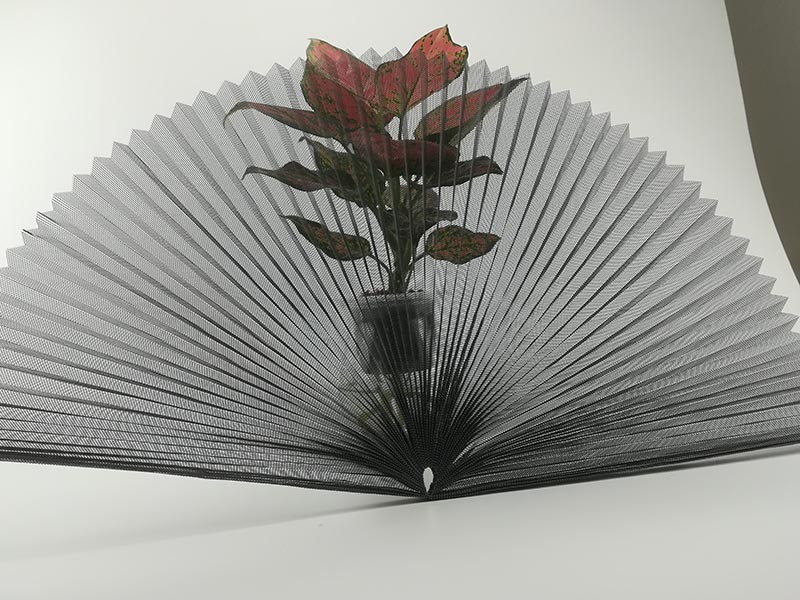Pleated insect screens, also known as retractable insect screens or pleated mesh screens, offer a versatile solution for controlling insects while allowing ventilation and natural light into indoor spaces. These screens feature a pleated or accordion-style design that can be expanded or retracted as needed, making them suitable for various applications. Here are some common applications of pleated insect screens:
Windows: Pleated insect screens are commonly installed on windows to prevent insects such as mosquitoes, flies, and gnats from entering indoor spaces while keeping windows open for fresh air circulation. They provide an effective barrier against pests without obstructing outdoor views or restricting airflow.
Doors: Pleated insect screens are also used on doors, including hinged doors, sliding doors, French doors, and patio doors. They allow for easy access in and out of the building while providing protection against flying insects. Retractable door screens can be conveniently pulled across the doorway when needed and retracted when not in use.
Porch and Patio Enclosures: Pleated insect screens are ideal for enclosing porches, patios, balconies, and outdoor living areas to create insect-free zones. They help create a comfortable outdoor environment for relaxation, dining, or entertaining while keeping pests at bay. Retractable screens can be extended to cover larger openings and retracted when not needed.
Verandas and Conservatories: Pleated insect screens can be installed in verandas, conservatories, sunrooms, and greenhouse structures to prevent insects from entering while allowing natural light and ventilation. They help maintain a pleasant indoor environment for plants, flowers, and occupants without the need for chemical pesticides.
Commercial and Industrial Buildings: Pleated insect screens find applications in commercial and industrial buildings, including restaurants, cafes, retail stores, warehouses, and manufacturing facilities. They help comply with health and safety regulations by preventing pests from entering food preparation areas, storage facilities, and production areas.
Healthcare Facilities: In healthcare settings such as hospitals, clinics, and laboratories, pleated insect screens help maintain a hygienic environment by preventing insects from entering sterile areas, patient rooms, and medical facilities. They contribute to infection control efforts and ensure the comfort and well-being of patients, staff, and visitors.
Residential and Vacation Properties: Pleated insect screens are commonly used in residential homes, vacation properties, cabins, and cottages to protect indoor spaces from pests during warmer months. They provide an effective barrier against insects while preserving indoor-outdoor connectivity and allowing residents to enjoy natural ventilation and scenic views.
RVs and Campers: Pleated insect screens are installed in recreational vehicles (RVs), campers, trailers, and motorhomes to keep insects out while traveling or camping. They help create a comfortable living environment inside the vehicle and allow occupants to enjoy outdoor activities without the nuisance of bugs.
Overall, pleated insect screens offer a practical and flexible solution for controlling insects in various indoor and outdoor settings, enhancing comfort, convenience, and quality of life for occupants while minimizing reliance on chemical insecticides.


